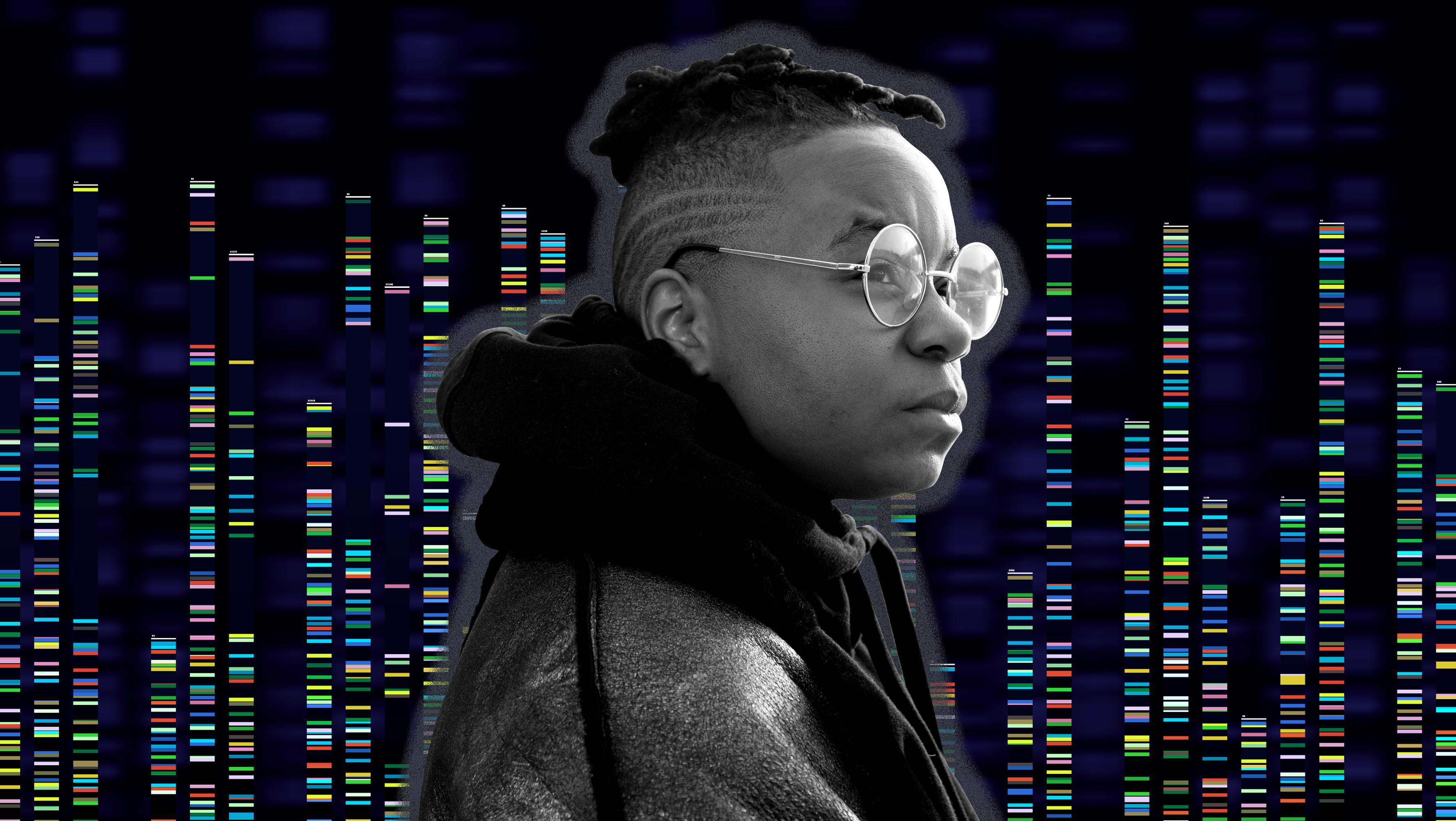Every year, in the brisk November air, transgender people and their allies silently gather at human rights monuments across North America, lighting candles in remembrance of victims of violence and hate crimes. This is Transgender Day of Remembrance, an annual event held on November 20 to memorialize those who were murdered because of their identities as trans people. It was established by trans activist and writer Gwendolyn Ann Smith in 1999 as a testament to the ignorance, intimidation and discrimination that trans people face daily.
While Two-Spirit, non-binary and trans issues have gained visibility over the past few years, there has also been a staggering increase in the amount of violence against those who identify that way. International statistics of LGBTQ hate crimes show that, while visibility is an essential part of advocating for emancipation, it can also spur reactionary violence from the more transphobic people of our society.
According to the Human Rights Campaign, an LGBTQ2 advocacy group located in Washington, D.C., there have been at least 19 trans people murdered in the U.S. so far in 2019, most of them Black trans women. Police data from 2017 has also revealed that in England, Scotland and Wales, hate crimes against trans people have increased by 81 percent, from 1,703 to 1,944. But in Canada, there is scant data on anti-trans violence—and institutions have yet to rectify the absence of transgender people in collected police data and Statistics Canada reports.
“Currently we don’t even know how many trans people reside in Canada,” Tatiana Ferguson, a researcher who focuses on intimate partner violence in Two-Spirit, non-binary and trans communities, explains.
This lack of data could have terrible repercussions for how government institutions approach these issues. Most significantly, insufficient data collection and analysis regarding the violence that transgender people experience can undermine efforts for government institutions to take it seriously—or identify the problem at all.

This July, Statistics Canada published its nationwide crime statistics for 2018. These stats include a section highlighting the number of police-reported hate crimes recorded across Canada, which the government agency has been tracking since 2005. Hidden in the charts is a sub-category called “other sex,” which includes data for violence against “transgender and agender” people. Hate crimes in the “other sex” category have almost doubled from 2017, from 15 to 28.
But these numbers are still quite low. A spokesperson for Statistics Canada tells Xtra that’s because “[Statistics Canada] only has data that has been reported to police services; if a person is a victim of hate crimes and does not report to the police service, we would not receive the incident.”
The agency does recognize that it has problems collecting data on violence against trans people, and a spokesperson says the government agency is looking for avenues to improve its data collection methods. “In 2019, the Canadian Centre for Justice Statistics led a consultation with police, academics and non-governmental organizations to improve data collection. As a result, we will be [working to] improv[e] the data collection on anti-transgender hate crime.”
Still, the tracking of hate crime data is not a straightforward process; even with the coordination of multiple agencies across the country, there is a lot of room for error. For a criminal act to be legally considered a hate crime, for starters, it must meet a high threshold and be considered “extreme.” This means that in order to protect against unnecessarily limiting freedom of speech and expression, a court needs to determine whether an act is extreme enough to constitute hatred. Moreover, under Sections 318 and 319 of the Canadian Criminal Code, a hate crime is deemed an act advocating for genocide, inciting hatred against an identifiable group or willful promotion of hatred. In all cases, officials need explicit permission from the Attorney General before prosecuting a hate crime.
Police data on hate crimes are recorded by provincial and municipal police agencies across the country. But Statistics Canada notes that the process of interpreting and reporting a hate crime is subjective and based on the particular procedures and occupational practices at a municipal policing level. This is further complicated by discrepancies of data recording and storage between Stats Can and local police services. According to Ian Hayes, Staff Sergeant with Diversity and Race Relations in the Ottawa Police Service (OPS), “We can collect, as the Ottawa Police, the best and most detailed statistics on hate crimes of all different types, but Stats Canada is limited.”
Despite efforts to improve reporting for instances of hate crimes, there is a culture of fear in LGBTQ2 communities around police violence and harassment, especially for racialized trans women. Historically, Canadian policing agencies have criminalized LGBTQ2 folks and their intimate entanglements: There’s the notorious “Operation Soap,” carried out by the Toronto Police Service (TPS) in the 1980s when armed police raided four gay bathhouses and arrested more than 250 gay men. In another incident, six male police officers raided a Pussy Palace event and strip-searched a group of queer women and trans folks in 2000. The charges against the organizers were dropped by a judge who noted that the police violated their charter rights. There’s also a long history of police violence against Black LGBTQ2 folks, which led Black Lives Matter to protest at Toronto Pride in 2017, demanding that armed and uniformed police be barred from marching.
But in order to facilitate the collection of better data, police services must engage in proactive attempts to rectify past and current violence against LGBTQ2 communities. Policing services need to move beyond mere apologies for their discriminatory behaviour and take steps to address biased policing. As criminal defence lawyer Shakir Rahim explained in a roundtable discussion with Xtra, “a simple first step would be showing they are willing to listen to criticism.” Such an act wouldn’t resolve the issue of police violence against LGBTQ2 communities, but it could be a good way to start addressing a long and entrenched history of violence and discrimination.
Tatiana Ferguson agrees. “The relationship between the police service and the trans community needs to be mended so that folks feel like the police service are there to serve them,” she says. “I think the motto universally is to ‘serve and protect,’ but oftentimes, trans people—specifically trans people of colour—are victims of violence, and when they call the police, they experience additional violence.”

But hate crime statistics do not cover all forms of violence against the trans community. One of the most significant issues that trans people face in Canada is the ever-present threat of targeted street harassment, according to a 2019 government report. Wisdom2Action, funded by the Public Health Agency of Canada, surveyed approximately 500 LGBTQ2 youth across Canada in a study to assess the degree to which queer youth face gender-based violence. The report confirmed that gendered violence continues to be a prevalent issue for queer youth across the country.
“When it comes to trans folks in particular, there are concerns of public safety and street harassment in public,” says Fae Johnstone, an LGBTQ2 educator and community organizer. (Johnstone is also a freelance writer with Xtra.) “Folks, particularly transfeminine folk, are worried and not leaving their homes, because of the fear of existing as they do in public.”
But the OPS says street harassment is often not considered a criminal act and thus goes unreported. “It’s an area of priority for us, and a continued area of focus, to facilitate reporting and broaden our spectrum to allow for reporting of hate instances,” Hayes explains. “[Harassment] would be very traumatic, and it resonates through the community, but they wouldn’t technically constitute a crime.”
To fill the gaps, some community organizations are working to improve the data on LGBTQ2 communities. Trans PULSE Canada, a community-based research group originating from conversations between community members at the Sherbourne Health Center and The 519 community centre in Toronto, is currently conducting a nationwide survey on the health and well-being of Two-Spirit, non-binary and transgender folks across the country. The organization collected data until the end of September, and the project is being hailed as one of the most comprehensive research efforts into queer and trans communities in the country so far. The Trans PULSE project offers a workable alternative to government efforts of tracking the experiences of trans people.
Ferguson, who is affiliated with Trans PULSE Canada, explains that the government needs to keep better track of segregated data instead of lumping non-cisgender people into an “other sex” category. “There is a sense of othering, it’s not even named, it’s not defined,” Ferguson says. “Even for trans people, when they say other sex, does that reflect intersex folks or any gender identity that’s different from male or female?” The government should take note.
Legacy: October 10, 2019 11:10 amThis story has been updated to reflect the increase in number of trans murders in the U.S. since the time of publication.



 Why you can trust Xtra
Why you can trust Xtra


